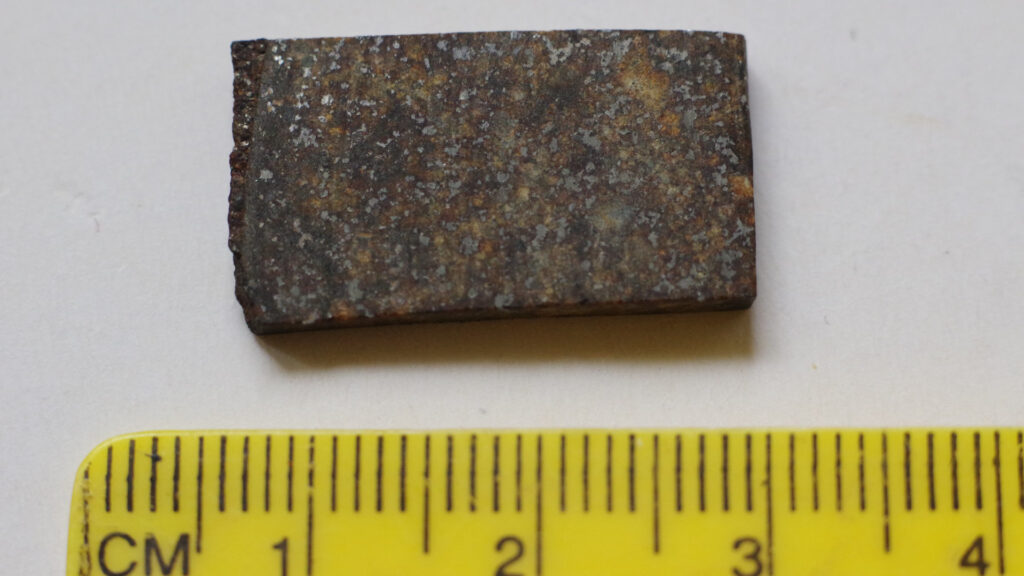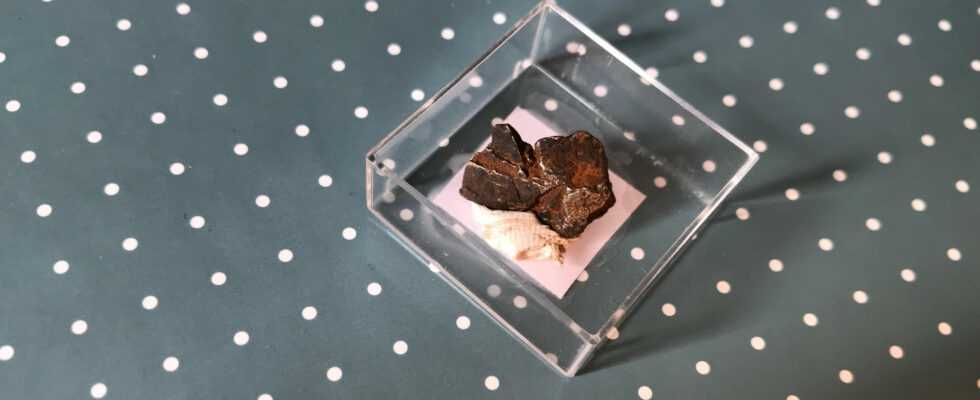They are prized by collectors and space enthusiasts. But what exactly is a meteorite? What is the difference between meteorite, meteor, meteoroid and fireball?
50 tons of rocky material from space fall on the surface of our planet every day. These are called meteorites. The majority of them come from an area between Mars and Jupiter in the solar system: the main asteroid belt.
Even though these objects are very far from each other in this belt (they are separated by thousands of kilometers), sometimes collisions do occur. These shocks can fragment asteroids. The pieces continue to travel through space, and their journey may end when they are pulled by a planet’s gravity. If they reach its surface, without being entirely consumed in the atmosphere, they then take the name of meteorites.
Meteor, fireball, meteoroid, meteorite: what’s the difference?
The term meteorite is sometimes confused with others. It is the same type of object, but named differently depending on where it is located:
- One meteor (or a shooting star) is a luminous phenomenon caused by the fall of a solid body coming from space, in the terrestrial atmosphere.
- One racing car is a particularly bright meteor, which looks like a ball of fire.
- One meteoroid is a “space rock”: a solid body moving through space, ranging in size from a speck of dust to a small asteroid. If a meteoroid enters the atmosphere of our planet (or other planets), it causes a meteor. The most massive can survive entry into the atmosphere and become a meteorite.
- A meteorite thus designates a fragment of a meteoroid, fallen on Earth.

On Earth, several thousand meteorites have been discovered. Scientists can use them to learn more about the history of the solar system. It was possible to identify the provenance of some, which we know came from the Moon or Mars – for about ten specimens.
As for meteorites from asteroid fragments, they are classified into two groups:
- The primitive or undifferentiated meteorites : they come from asteroids that have never had a high enough temperature to melt the rocks. Designated under the name of chondrites, they keep in them the memory of the premises of the solar system. Chondrites are made up of small aggregated balls, chondrules. 80% of chondrites are said to be “ordinary”, that is to say composed of olivine, iron, nickel, etc. The other main group is the carbonaceous chondrites.
- The differentiated meteorites : they come from asteroids which have had a high enough temperature to cause a process of differentiation, or separation into various layers (like the Earth, which is a differentiated body with a crust, a mantle and a core). There are ferrous meteorites (pieces of asteroid nuclei), achondrites (asteroid surface) and lithosiderites (mixed, containing iron and silicates).
Most of the meteorites that have fallen to Earth are in the form of dust with a diameter of less than 1 millimeter: we then speak of micrometeorites. In addition to this dust, very large meteorites also fall on Earth; the shock can even create impact craters.
